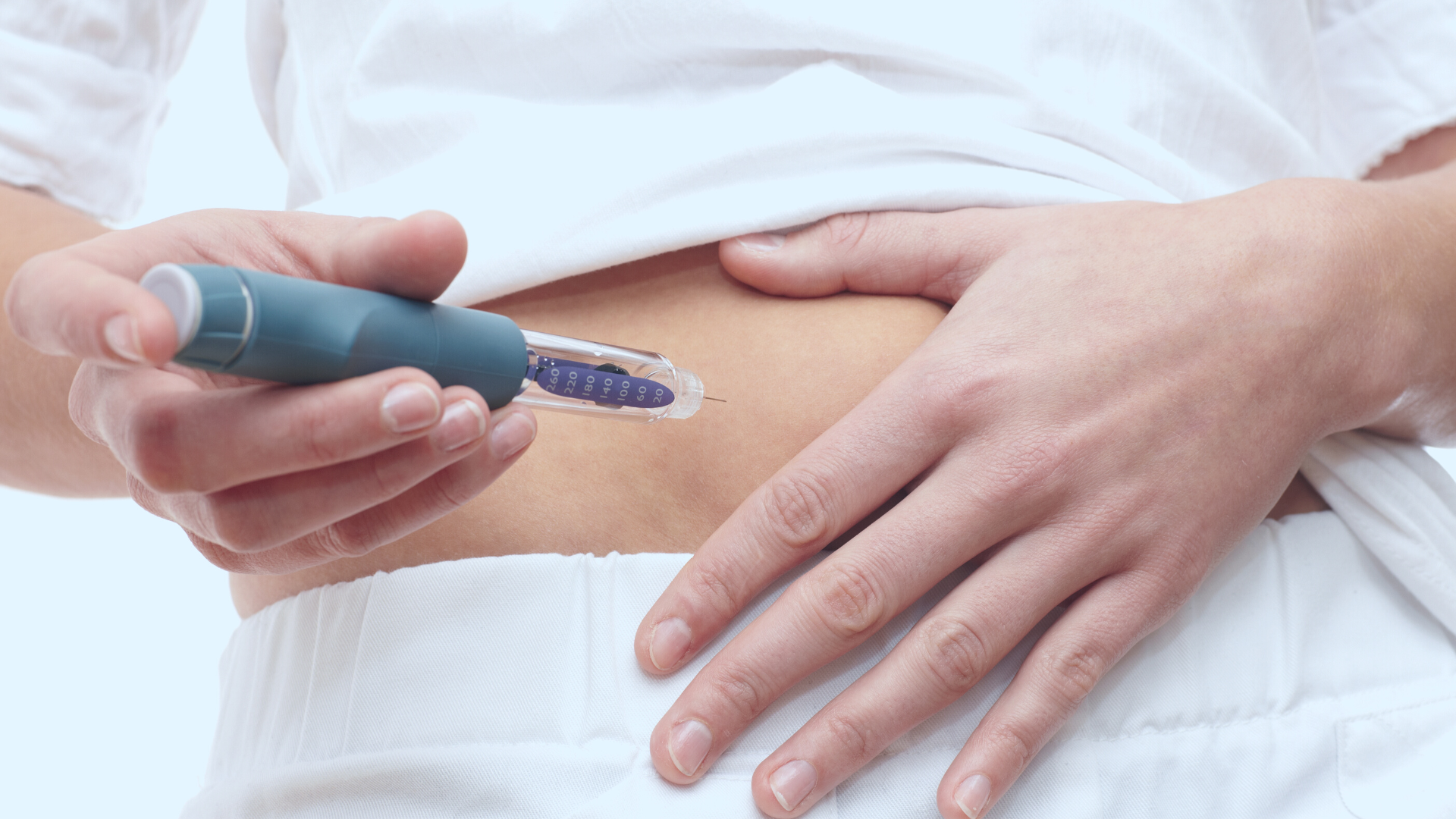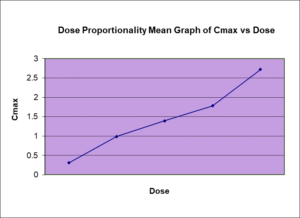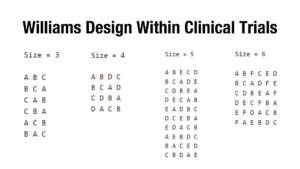Bioanalysis Considerations for Endogenous Substance Drug Products

Wait! We think you’ll find the following related article of similar interest.
BIOANALYTICAL METHOD VALIDATION FOCUS ON SAMPLE STABILITY. To Read, Click Here.
The term endogenous is the opposite of exogenous and means “originating within the human body”. For a given drug development program, pharmaceutical companies may develop generic versions of endogenous drug substances, that are then administered exogenously (outside the body) to elicit a change in the level of the drug for therapeutic purposes.
For example, the use of levothyroxine to treat an under-active thyroid gland to elevate thyroxine levels. Other examples of common drugs, which are also present endogenously, include the following.
| Hormones | Neurotransmitters |
| Testosterone | Dopamine |
| Estradiol | Norepinephrine |
| Progesterone | Epinephrine |
| Melatonin | Vitamins and their Derivatives |
| Insulin | Vitamin A (Tretinoin, Isotretinoin) |
| Thyroxine (T4) | Vitamin B (Niacin, Cyanocobalamin, Pyridoxine) |
| Triiodothyronine (T3) | Vitamin D (Calcitriol, Doxercalciferol) |
| Vitamin K (Phytonadione) | |
| Elements | Fatty Acids |
| Calcium | Eicosapentaenoic acid (EPA) and Docosahexaenoic acid (DHA) |
| Iron | Bile Acids |
| Potassium | Chenodeoxycholic acid (Chenodiol) |
| Magnesium | Ursodeoxycholic acid (Ursodiol) |
Baseline Correction Required in Quantitative Bioanalysis
Baseline or endogenous concentration levels may fluctuate considerable, be relatively steady, or influenced by circadian rhythm and other external stimuli (food, light, and physiological conditions (stress etc.). Depending on the level of variability expected, the product specific guidance for drug products that are also present endogenously may include a statement such as the following for epinephrine.
“Since epinephrine is an endogenous substance, the plasma concentrations of epinephrine should be corrected for baseline endogenous levels by subtracting the mean pre-dose baseline value (average of at least three pre-dose values, e.g., -1, -0.5, and 0 hours). Any negative values obtained from baseline correction at time 0 hours should be designated as zero (0) and any subject with pre-dose concentration more than 5% of their Cmax should be excluded from Bioequivalence statistical analysis and the 90% confidence intervals based on the remaining subjects. Both baselines corrected and baseline uncorrected data should be submitted in the application”.
The bioanalytical scientist therefore needs to consider the endogenous baseline level of the analyte when developing and validating a bioanalytical method for such products.
Regulatory Considerations in Bioanalysis of Endogenous Substances
Current Bioanalytical Method Validation (BMV) regulatory guidelines from many agencies are designed to cover the required parameters for exogenous compounds. These requirements and recommendations are much more of a challenge for endogenous compounds due to the lack of “blank analyte-free authentic matrix”. The recent FDA guidance (2018) on BMV does add more detail on consideration for endogenous compounds, but indicates that the biological material used to prepare calibration standards should be the same as study samples and should be free of endogenous analytes.
However, by definition, and paradoxically, “analyte-free” biological matrices do not exist for endogenous compounds. In addition, for the method to accurately quantitate baseline endogenous levels, the lower limit of quantitation (LLOQ) should be sufficiently lower than the expected baseline concentrations. The guidance does also refer to the use of surrogate (alternative) matrices and the requirement to validate their suitability for use, by demonstrating a lack of matrix effect and through a demonstration of parallelism.
Selection of an Appropriate Matrix (authentic or surrogate)
Occasionally, sources of authentic matrix can be found with negligible or sufficiently low levels of the endogenous analyte, e.g., through screening of multiple lots of matrices or requesting authentic matrix from donors deficient in the endogenous analyte. More commonly, however, when developing assays for endogenous substances, the matrix already contains levels of analyte of interest in sufficient concentrations such that an alternative or surrogate matrix is required.
Examples of surrogate matrices include but are not limited to (i), depleted matrix (e.g., charcoal stripped plasma) (ii), diluted matrix (e.g. plasma diluted with depleted matrix or buffer/other diluent) or (iii), artificially prepared matrix, buffer or solvent or in its simplest form pure water. Across the industry, there is no clear consensus in the preferred approach to select an appropriate surrogate, some advocating the simplest alternative and others selecting a surrogate that is closet in composition to the actual study sample matrix.
Regardless of the matrix selected, it is necessary to prove/evaluate the validity of the selected matrix and the method validation approach for an assay requiring surrogate matrix has some additional specific requirements:
Selectivity in Matrix
The selectivity evaluation will depend on the surrogate matrix being selected. If a depleted matrix is selected, it would be appropriate to assess selectivity in multiple lots of depleted matrix. In cases where a simple buffer or a reagent is used, because it does not contain the endogenous analyte, a single lot of material could be tested.
In addition, in the course of application of the method, if a new lot of reagents became available, additional “fit-for purpose testing” would also be appropriate. Acceptance criteria for the matrix lots screened would be that the response at the retention time of the analyte should be less than 20% of the peak area in the LLOQ and less than 5% of the response of the internal standard.
Due to the presence of the endogenous analyte in authentic matrix, selectivity assessment in authentic matrix is assessed for the internal standard only.
Calibration Standard Curve in Surrogate Matrix
Unless suitable sources of authentic matrix are found with negligible endogenous analyte, the calibration curve inevitably will need to be prepared in surrogate matrix.
Baseline Determination of Endogenous Analyte in Selected Matrix Pool
Using the calibration curve prepared in surrogate matrix, the selected authentic matrix sample should be evaluated in replicates of >5 and determined levels should be shown to be accurate and precise and the mean level determined by this approach used for all subsequent concentration adjustments.
Quality Control Samples in Authentic Matrix
Apart from the lower limit of quantitation (LLOQ), which will be prepared in surrogate matrix, all other levels of Quality Control (QC) samples need to be prepared in authentic matrix. The low QC sample should be approximately 3x the LLOQ. This level can be achieved using the endogenous level only or endogenous level plus spiked analyte. The final concentration of the other QC samples will be the endogenous level plus the spiked analyte.
Accuracy and Precision
As the curve will be prepared in surrogate matrix and the QCs will be in authentic matrix, all accuracy and precision assessments must be conducted using QCs (except the LLOQ) prepared in both surrogate and authentic matrix. This requirement to assess accuracy and precision in surrogate matrix is to demonstrate the accuracy and precision of the measurement in the calibration standards.
Recovery
This should be performed in both authentic and surrogate matrix. For the authentic matrix the concentration of the reference QCs (blanks reconstituted with neat analyte) will need to be adjusted based on the endogenous plus the spiked level of the analyte.
Matrix Effect
This should be performed with a calibration curve in surrogate matrix and QCs in both authentic and surrogate matrix. In authentic matrix, the nominal QC sample concentrations will need to be adjusted for the determined baseline endogenous levels. The number of lots of QC selected for matrix effect determination will depend on the type of matrix selected.
Example; when using depleted matrix, e.g. charcoal stripped plasma, it is appropriate to evaluate a number of differ lots (different donors) of depleted matrix. If a simple matrix such as solvent or reagent such as 10% BSA is selected, it may be acceptable to evaluate with just a single lot of matrices.
Parallelism
This is a critical validation experiment for bioanalytical methods involving surrogate matrix. Its purpose is to demonstrate the “sameness” or suitability of the selected surrogate matrix compared to the authentic matrix. While there are no specific details given in regulatory guidance on how this should be performed, it is generally performed by
- comparing the slopes of the calibration curves prepared in the 2 matrices, which should be with ±15% and
- by taking a high concentration sample prepared in authentic matrix and diluting it with surrogate matrix to at least 5 concentration levels spanning the calibration range of the assay and analyzing by replicate analysis
The mean concentration determined in each of the diluted samples should be within ±15% of nominal.
Stability in Matrix and Post-extract Stability.
Bench-top stability, freeze-thaw stability, autosampler/processed sample stability and long-term frozen storage stability need to be performed using QCs at high and low concentration in both authentic and surrogate matrix. The requirement in surrogate matrix is to support the integrity of the calibration curve samples.
Why Choose BioPharma Services?
BioPharma Services discussed some additional method validation considerations for drug products that are also present endogenously. Using the approaches described, bioanalytical methods using surrogate matrix have been successfully applied for the pharmacokinetic analysis of compounds including but not limited to the following: Progesterone, Testosterone, Levothyroxine, Pyridoxine and Ursodiol.
BioPharma Bioanalytical Services takes great pride in the quality of its work to develop and validate robust bioanalytical methods for both exogenous and endogenous drug products. This is achieved using liquid chromatography mass spectrometry detection, and bioanalytical methods exhibit excellent performance when applied in clinical studies.
Written by Dr. Nicki Hughes, Senior VP of Bioanalytical Laboratory at BioPharma Services.
Find out why BioPharma might be the right partner for you! Learn more about BioPharma Services and the wide array of bioanalytical services we provide.
BioPharma Services, Inc., a Think Research Corporation and clinical trial services company, is a full-service Contract Clinical Research Organization (CRO) based in Toronto, Canada, specializing in Phase 1 clinical trials 1/2a and Bioequivalence clinical trials for international pharmaceutical companies worldwide. BioPharma has clinical facilities both in the USA and Canada with access to healthy volunteers and special populations.



